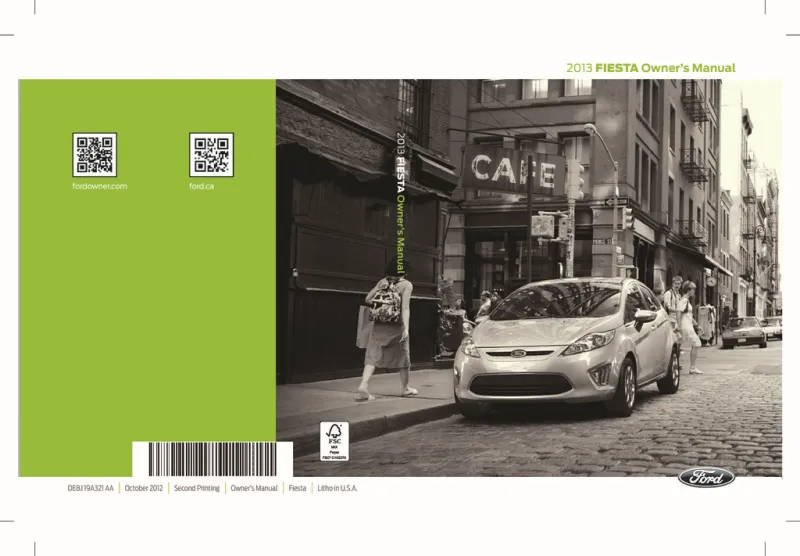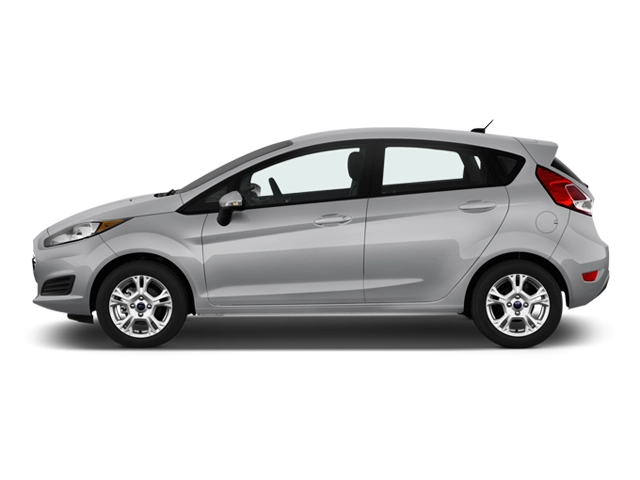2013 Ford Fiesta Owner's Manual

Table of Contents
2013 Ford Fiesta Overview
Introduction
The 2013 Ford Fiesta stands as a beacon of efficiency and vibrant style in the subcompact car market. With its agile handling, compact dimensions, and an array of impressive features, the Fiesta is designed for urban dwellers and those who crave an exhilarating driving experience without sacrificing economy. It perfectly blends functionality with flair, making it a desirable choice for a variety of drivers.
Powertrains
This model comes equipped with two robust powertrains designed to deliver spirited performance while remaining budget-friendly at the gas station. The base model features a 1.6-liter four-cylinder engine that produces 120 horsepower and 112 lb-ft of torque. For those seeking an even more engaging experience, the 1.6-liter EcoBoost turbocharged engine—paired with a five-speed manual or six-speed automatic transmission—offers enhanced performance without compromising fuel efficiency. The Fiesta achieves up to an impressive 29 city and 39 highway miles per gallon, making it an economical choice for everyday driving.
Trims
The 2013 Ford Fiesta is offered in several trims, including the S, SE, Titanium, and the sporty ST model. Each trim provides a distinct character and set of features, catering to various preferences. The base S trim is equipped with essentials, while the SE offers added tech and comfort features. Moving up to the Titanium, you gain premium amenities like leather seating and a premium audio system. For the performance enthusiasts, the ST model brings a thrilling driving experience with sport-tuned suspension and distinctive styling.
Features
The Fiesta boasts a variety of features that enhance comfort, convenience, and safety. Standard features across many trim levels include Bluetooth connectivity, a user-friendly infotainment system, and optional extras such as a rearview camera and navigation. With its nimble size and tight turning radius, parking and maneuvering in the city becomes effortless. Safety features, including advanced airbag systems and stability control, help ensure peace of mind on every journey.
Owner's Manual
The 2013 Ford Fiesta owner's manual is an invaluable resource for understanding your vehicle's features, maintenance schedules, and troubleshooting tips. It offers detailed guidance on everything from operating the infotainment system to performing routine maintenance, ensuring that your Fiesta remains reliable and fun to drive for years to come. Accessing this manual can help you maximize the performance and longevity of your vehicle while enhancing your overall ownership experience.
User manual download
The Ford Fiesta owner manual for the 2013 model year is to be found in PDF downloadable format on this page. The owner manual for the model year 2013 is free and in English, but the repair manuals are usually not easy to get and may cost more.
Manual Questions
Fill the form below and someone will help you!

